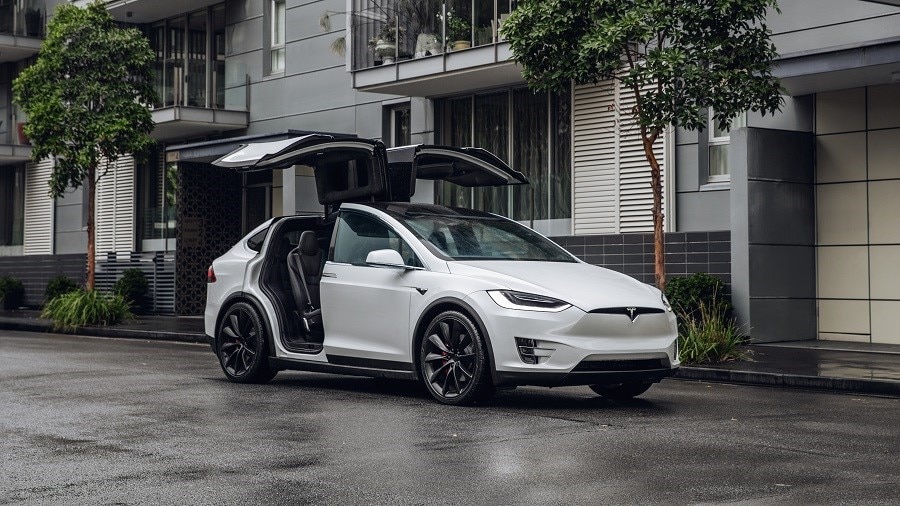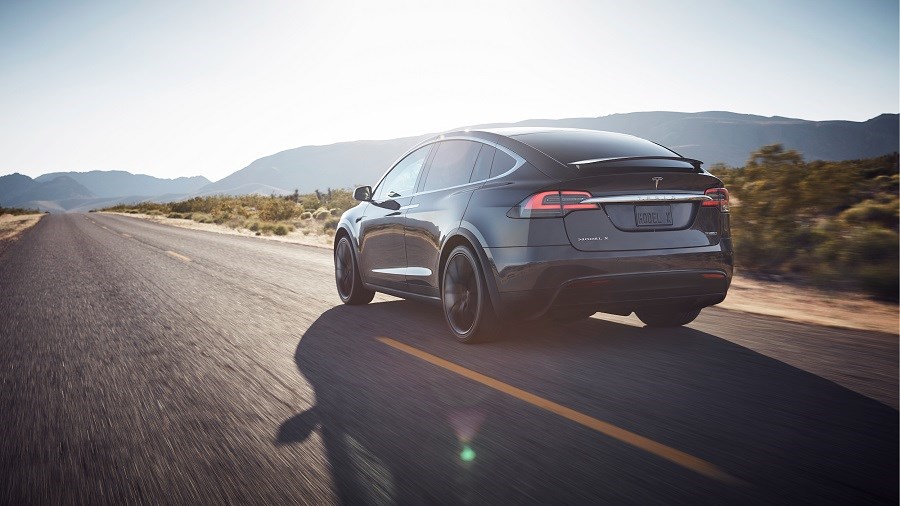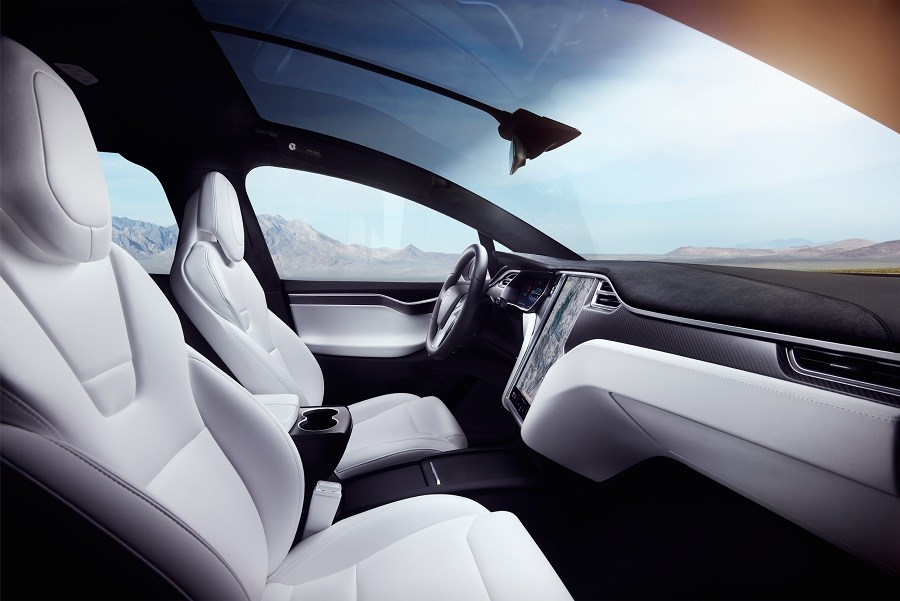Latest model
With any Tesla, as soon as it’s plugged into one of the manufacturer’s charger, it can instantly receive over-the-air updates in a similar way to how your smartphone regularly needs updating.
But the first and last major facelift to the Model S was in 2016, four years after the model entered production.
The most notable difference was at the front, where the Model S was fitted with a new grille-less front bumper, which helped to bring the car’s styling in-line with the firm’s Model X crossover and smaller Model 3 saloon.
Other adjustments include a higher-capacity onboard charger, which would help to reduce charging times. A new air-filtration system was also available as an option, with a claim that this system could remove over 99 per cent of exhaust pollution and other contaminants from the Model S’ cabin air. New interior finishes were also made available.
Value for money
The Model S is not designed to be a cheap car, so with a starting price of £70,850, it’s far more expensive than a similarly-sized petrol or diesel Audi A6 or BMW 5 Series. Those admittedly can’t offer the same degree of performance as the Model S.
To buy a Model S, your main motive cannot be saving money, because that’s offset by the high list price. Rather you should invest in the Model S if you want commit to driving something that is not going to destroy the planet, it’s a lifestyle choice over anything else. Particularly when the performance-orientated P100D version costs from £127,750, it’s definitely fair to say that it’s a car for those with deeper pockets.
That said, standard equipment is impressive, as all models come with air suspension, LED lights all around, access to online services through the car, a huge touchscreen and access to Tesla’s software updates.
On the whole, Teslas have held their value well. The cheapest for sale at the time of writing was £35,000, which was an early 2014 car with over 100,000 miles on the clock— quite a lot for a four-year-old electric car. Around £40,000 will pay for a car with a more attractive 50,000 miles. Such is the demand for Teslas, nearly-new models can be quite hard to come by, although you can likely save around £5,000 off the price of a new one by buying a nearly new example.
Looks and image
‘Gamechanger’ is a term that’s often overused, but the Model S is just that. It has definitely shaped electric cars, and it’s remarkable the brand image Tesla has managed to create for itself in just 10 years. The Model S’ styling treads a fine line between conservative and bold and doesn’t look as outlandish as other electric models. The smart LED headlights, broad range of wheel designs and new grille-less front end makes the Model S look sharp and modern, although it looks rather American in design (ultimately because it is a California-built) which won’t appeal to all.
The interior is undoubtedly a highlight of the Model S, largely the enormous 17-inch central touchscreen, which controls just about everything to do with the Model S. It’s a portrait screen that’s similar in design to a big tablet. Tesla hasn’t tried to cram everything onto the home screen, which means the virtual buttons are a good size and easy to operate, even when on the move. That said, it’s just a bit unnecessary, as it’s always quite handy to have some normal dials to turn to control functions such as the air-conditioning. The interior quality is also not quite as you expect, with Teslas being criticised for its questionable quality checks in the past. It features premium leather upholstery, but there’s certain plastics that you wouldn’t expect to find on a £20,000 hatchback, never mind something with a price upwards of £100,000
Driving the Model S is a slightly different experience to other cars you might have driven.
The most notable aspect is the huge amount of performance from all version. Even the standard powertrain can manage a 0-60mph time of 4.2 seconds, which is sports car quick, while the most expensive P100D version manages it in an astonishing 2.5 seconds making it faster than most supercars. Electric cars have no gearbox, so acceleration is truly effortless.
But while the performance is addictive, it’s not a particularly fun car to drive. The Model S is a heavy car because of its batteries, and the steering is rather lacking in feel. It’s also a deceivingly wide car in person, which means fast B roads and corners have to be taken with a bit more caution than you might do normally. But on the whole, there’s limited body roll as the batteries are all mounted in the chassis and excellent traction due to its four-wheel-drive. The ride is fine providing you stay with the smaller 19-inch alloys, but the 21-inch wheels result in a fidgety ride on British roads, even with the fancy air suspension.


